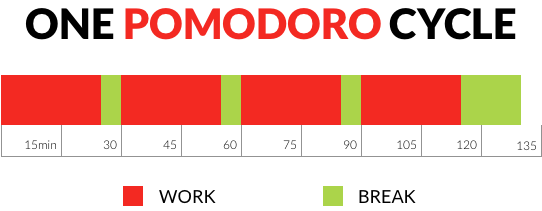

Specific cases should be handled with common sense: If you finish a task while the Pomodoro is still ticking, the following rule applies: If a Pomodoro begins, it has to ring.
Review the list of upcoming tasks for the next planned pomodoro time blocks, and start reflecting on or updating them. Review the activities from a learning point of view (ex: What learning objective did you accomplish? What learning outcome did you accomplish? Did you fulfill your learning target, objective, or outcome for the task?). Īfter task completion in a pomodoro, any remaining time should be devoted to activities, for example: A pomodoro is indivisible when interrupted during a pomodoro, either the other activity must be recorded and postponed (using the inform – negotiate – schedule – call back strategy ) or the pomodoro must be abandoned. Ī goal of the technique is to reduce the effect of internal and external interruptions on focus and flow. There is a longer 20–30 minute break between sets. A 10-minute break separates consecutive pomodoros. Regular breaks are taken, aiding assimilation. Once the long break is finished, return to step 2.įor the purposes of the technique, a pomodoro is an interval of work time. After three pomodoros are done, take the fourth pomodoro and then take a long break (typically 20 to 30 minutes). 
If you have finished fewer than three pomodoros, go back to Step 2 and repeat until you go through all three pomodoros. End work when the timer rings and take a short break (typically 5–10 minutes). Set the pomodoro timer (typically for 25 minutes).








